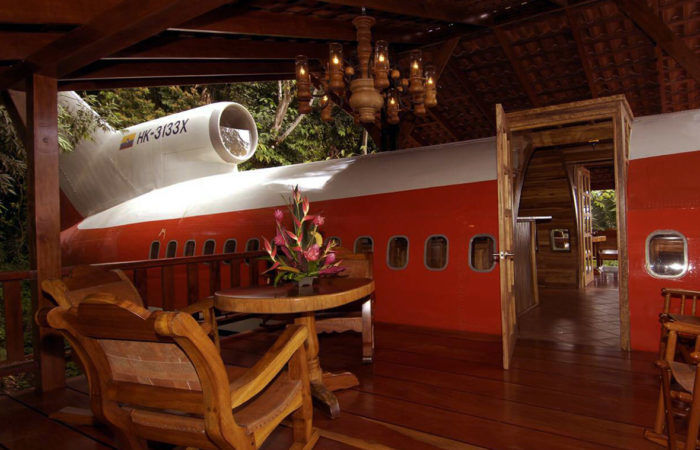The U.S. Department of Energy's Office of Fossil Energy and Carbon Management (FECM) has awarded $6 million to Lawrence Livermore National Laboratory (LLNL) researchers, as part of a $45.2 million award to a team led by Pelican Renewables LLC, to develop a regional CO2 storage hub in California's Sacramento-San Joaquin Delta in California.
The funding came through FECM's Carbon Storage Assurance Facility Enterprise (CarbonSAFE) Initiative, which aims to reduce technical risk, uncertainty and the cost of commercial-scale geologic CO2 storage projects. The project was one of nine selected for CarbonSAFE Phase III funding, which is reserved for those projects that have passed feasibility criteria and are ready for site characterization and permitting.
The Pelican Carbon Sequestration Project begins at the Port of Stockton, where the company's ethanol facility with existing carbon capture technology is located. From here, the CO2 will be transported by barge to two Class VI injection wells for permanent geologic sequestration on Rindge Tract, an island in the Delta seven miles from the Port of Stockton.
"Decades of research, including research done by LLNL, indicate that the Delta region of the Sacramento Basin is highly suitable for geologic CO2 storage and that CO2 storage is a critical technology to addressing climate change," said Briana Schmidt, the principal investigator (PI) and group leader of LLNL's Energy & Carbon Management Group. "This award is a huge step toward building one of the first commercial scale CO2 storage projects in California."
This award builds on a track record of success by the Lab's carbon dioxide removal (CDR) researchers. LLNL has established itself as a world-leading research institute on CDR, both through basic and applied scientific research to develop these technologies and assessing how state and national climate goals can be met by applying these technologies, including through a series of recent reports: Getting to Neutral; Carbon Negative by 2030; Permitting Carbon Capture & Storage Projects in California; Sharing the Benefits; and Roads to Removal.
LLNL's role on the project includes geologic and reservoir modeling using LLNL's GEOS simulator, which is necessary for the EPA Class VI permit that ensures the CO2 will be safely stored underground permanently.
"The research team here has spent years studying the behavior of CO2 in the subsurface and how best to optimize a storage system for safety and performance. It is so exciting to see this work pay off in real projects," said Joshua White, LLNL's Atmospheric, Earth and Energy Division leader, who has led several of the modeling studies supporting Pelican Renewables' permit application.
LLNL's other role on the project, led by Kim Mayfield, staff scientist in the Energy & Carbon Management group at LLNL, is supporting the Stockton non-profit, Restore the Delta (RTD), in their role as the project's Community Benefits Plan (CBP) lead.
"CBPs are still relatively new," Mayfield said. "They are best led by a community organization that is local to the project, but non-profits in under-resourced areas, like Stockton, do not necessarily have expertise on staff to carry out large new projects like CarbonSAFE alone; this is where the Lab comes in."
LLNL will assist RTD in the design and construction of a publicly-accessible, near-surface monitoring network for the project, which will give visitors to the site the chance to collect their own soil and porewater chemistry data to verify the absence of CO2 leakage themselves.
"The level of trust necessary to work collaboratively on this CarbonSAFE's CBP did not happen overnight," Mayfield said. "However; it was built over several years through projects like the DOE FECM Communities Local Energy Action Program (LEAP) pilot, the DOE Office of Technology Transition-funded Umbrella Monitoring, Reporting, and Verification project, and the DOE Office of Science-funded San Joaquin Valley Climate Resilience Center, all of which involve community engaged research in the Delta, Stockton and RTD on the topic of carbon management."
-Anne Stark






